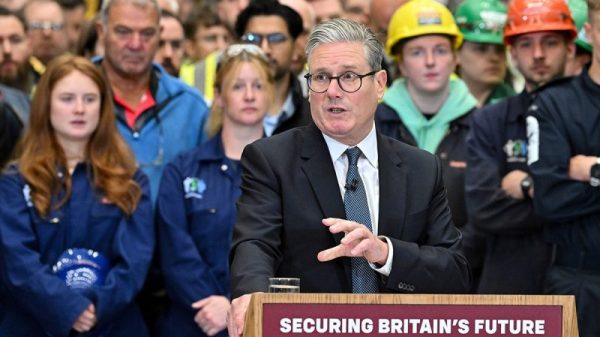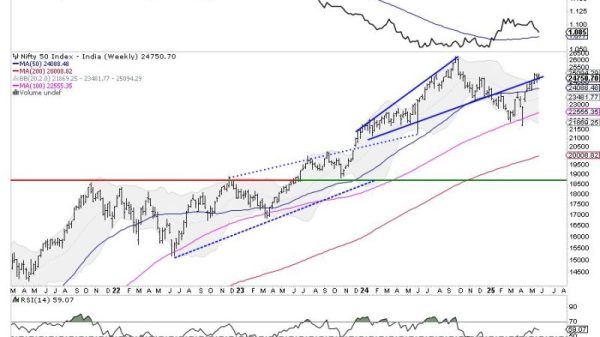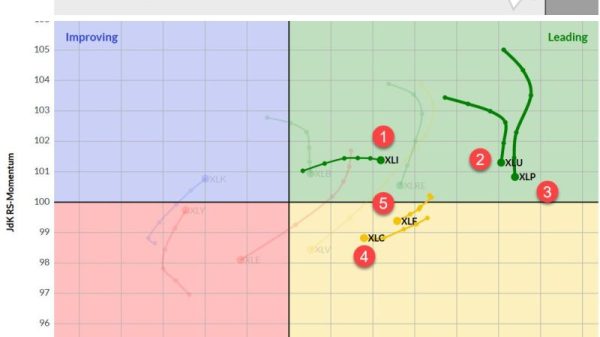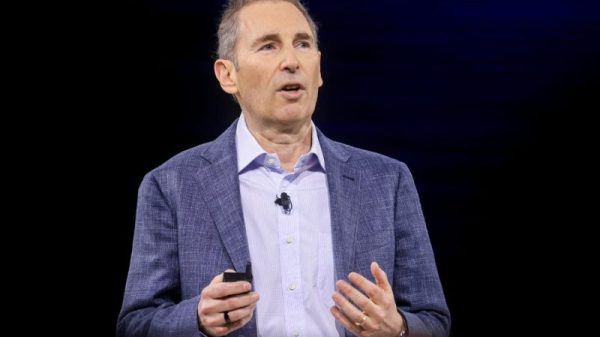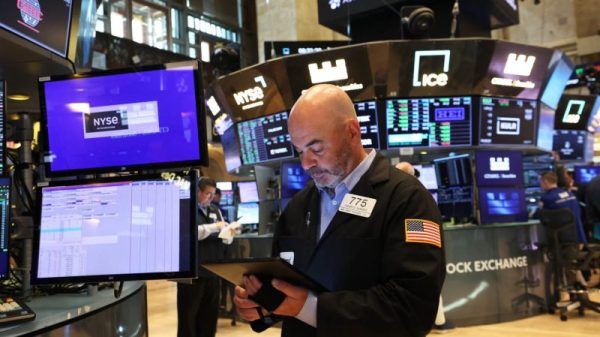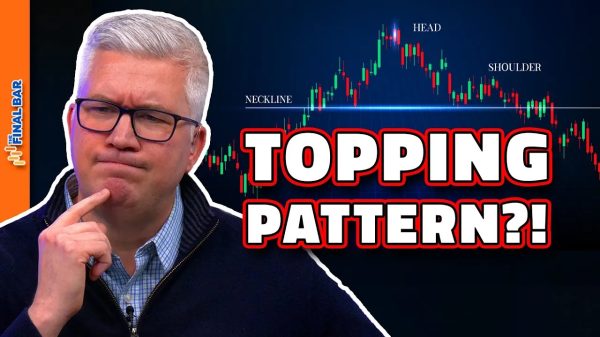David J. Bier
Thanks to lower childbirth rates among the U.S. population, fewer workers are starting their careers each year than during the period following World War II. This phenomenon has made immigration much more important in counteracting workforce decline in the United States. In fact, from 1995 to 2022, immigrants and their children accounted for 70 percent of all civilian labor force growth.
From 1995 to 2022, the U.S. labor force increased from nearly 131.6 million workers to over 164.3 million—an increase of nearly 32.8 million workers: 16.1 million of that increase came from immigrant workers (49 percent) and 6.7 million were children of immigrants (21 percent), according to data from the Current Population Survey’s Annual Social and Economic Supplement. Just 9.9 million were U.S.-born citizens without a foreign‐born parent. The actual effect of cutting off all immigration would have been even greater since the working immigrant population would have declined without more immigration by about 4.5 million.
Immigrants have increased from about 10 percent of the U.S. labor force in 1995 to 18 percent in 2022, and immigrants and their children have gone from 18 percent to 29 percent. The total population of immigrant workers or workers with immigrant parents increased from about 23 million to nearly 46 million, making this population a massive contributor to U.S. economic growth.
Despite the increased importance of immigration, however, the U.S. labor force growth has declined. It is just not true that immigration has meant that U.S. workers are facing more competition from new workers. In fact, immigrants are only partially offsetting the significant decline in new U.S. workers entering the workforce. The labor force growth rate fell from 1.7 percent in the 1960s to 0.6 percent in the 2010s—a decline of more than 60 percent.
Of course, some commentators respond that overall labor force growth is not as important as the labor force growth rate for non‐college educated workers who are more likely to be competing with immigrants. But the rate of growth for non‐college educated workers is both lower and declines faster over the entire period from 1960 to 2022 than the rate of growth for all workers. Immigrants are even more important in filling these low‐skilled jobs precisely because U.S. workers are entering them at the lowest rates ever. In fact, college‐educated workers have accounted for 95 percent of labor force growth from 1992 to 2022.
The Bureau of Labor Statistics predicts that about 70 percent of jobs in 2031 will not require a college degree, and that most job growth from 2021 to 2031 will come from these lower‐skilled positions. Right now, there are about 9 million job openings, and the U.S. government should stop interfering into the labor market to create shortages. The United States needs workers now more than ever.





